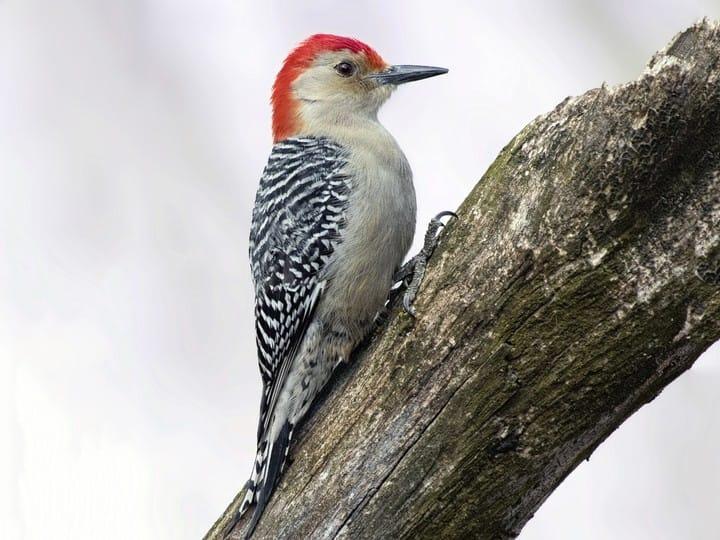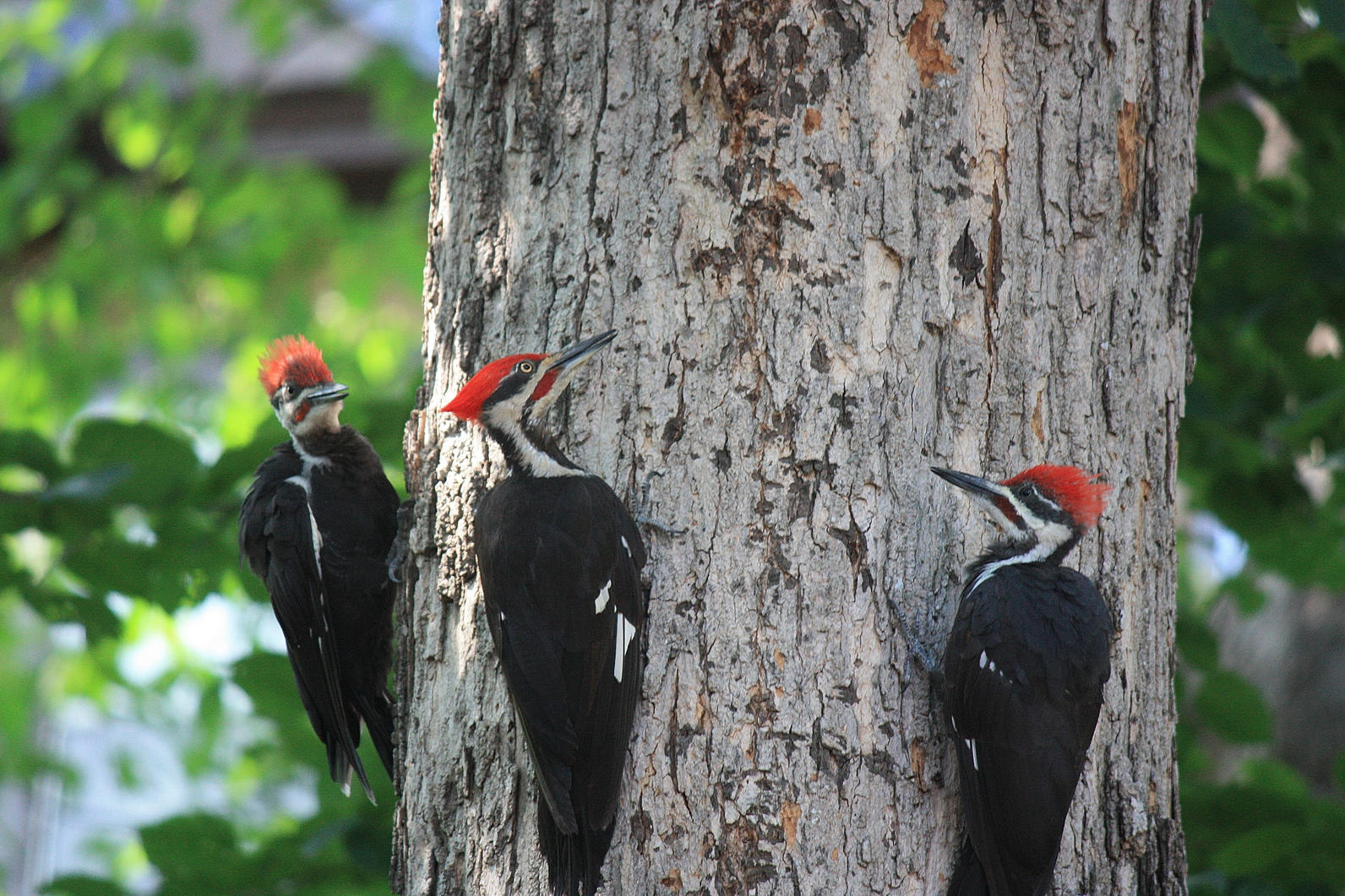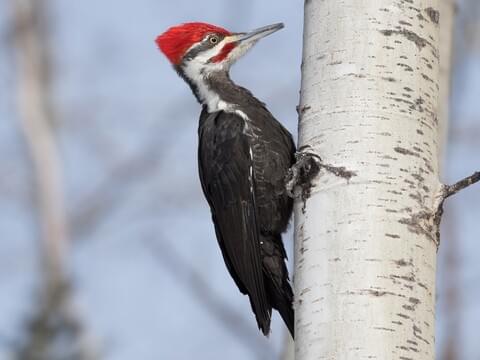Checking Out Woodpeckers in Florida Habitats: Where to Spot These Birds
Checking Out Woodpeckers in Florida Habitats: Where to Spot These Birds
Blog Article
Discover the Remarkable Globe of Woodpeckers: Whatever You Need to Know
The world of woodpeckers is a world filled with one-of-a-kind habits, intricate adjustments, and a varied variety of varieties. From their environments and circulation patterns to their feeding routines and specialized anatomical attributes, woodpeckers have long captivated the rate of interest of ornithologists and nature enthusiasts alike. Understanding the complexities of these remarkable birds offers a look right into the complicated interaction between their biology and the environment. As we explore the globe of woodpeckers even more, we reveal a wide range of information that clarifies their relevance in environments and the challenges they deal with in an ever-changing world.
Woodpecker Habitats and Distribution
In North America, for instance, woodpeckers can be identified in both coniferous and deciduous forests, using their strong beaks to forage for pests and create nesting cavities in trees. In Africa, certain woodpecker species have actually adapted to dry environments, such as the acacia woodlands, where they play a crucial role in regulating insect populations.

Feeding Behaviors and Diet
Amongst the different facets of their habits, woodpeckers show unique feeding routines and nutritional preferences. These birds are mainly insectivores, with a diet plan that consists of ants, beetles, caterpillars, and various other insects discovered in trees. Woodpeckers use their solid beaks to drill right into the bark of trees, penetrating for pests and larvae hidden underneath the surface area. In enhancement to bugs, woodpeckers likewise consume nuts, seeds, fruits, and sap. Some species have actually specialized tongues with barbed pointers that help them extract insects from crevices in wood.
Woodpeckers are recognized for their drumming actions, which offers not just to connect with other woodpeckers however additionally to situate food. The quick drumming sound is developed by the bird pecking on powerful surface areas like dead trees or metal poles. This behavior can bring in pests concealed in go to this web-site the timber, allowing the woodpecker to spot their presence and feed on them.
Special Adaptations for Tree Climbing
In their proficient quest of pests hidden within tree bark, woodpeckers have actually evolved exceptional anatomical features that furnish them with special adaptations for efficient tree climbing. Among the key adjustments is their zygodactyl feet, with 2 toes pointing forward and 2 directing backwards, providing a solid grip on tree trunks. This specific foot setup enables woodpeckers to stick to vertical surfaces easily, allowing them to go up and down trees with dexterity. Furthermore, woodpeckers have rigid tail feathers that work as a helpful prop while they climb, helping in balance and stability. Their solid, chisel-like beaks are not only made use of for exploration into wood but likewise for grasping onto bark as they ascend tree trunks. Additionally, woodpeckers have strong neck muscles and an unique skull structure that take in the effect of constant pecking, permitting them to climb up and down without triggering harm to their minds. These adjustments showcase the unbelievable evolutionary layout that allows woodpeckers to navigate trees with precision and performance.
Diverse Woodpecker Variety Worldwide
With over 200 various varieties spread throughout different environments worldwide, the household of Picidae includes an amazing diversity of woodpeckers. These birds can be located in forests, timberlands, savannas, and even metropolitan locations, showcasing their flexibility to various atmospheres. From the famous Northern Flicker in The United States And copyright to the vibrant and elusive Crimson-backed Flameback in Asia, each woodpecker types shows special features in terms of plumage, habits, and habitat preference.
Woodpeckers differ substantially in dimension, with the diminutive Downy Woodpecker determining around 6-7 inches in size, while the powerful Lineated Woodpecker can reach up to 17 inches - Woodpeckers in Florida. Their beaks likewise come in different forms and sizes, mirroring their feeding routines. Some types specialize in removing bugs from tree bark, like the Acorn Woodpecker, while others, such as the Black-cheeked Woodpecker, prey on fruits and seeds

Conservation Efforts and Obstacles
Conservation initiatives for woodpecker populations are critical in alleviating the influence of hop over to these guys habitat loss and other threats facing these diverse avian types. Woodpeckers deal with different challenges to their survival, mainly as a result of logging, urbanization, climate modification, and invasive types. To deal with these concerns, preservation efforts concentrate on securing and restoring woodpecker environments, implementing lasting forestry techniques, and raising awareness regarding the value of these birds in communities.
One considerable obstacle in woodpecker conservation is the fragmentation of their habitats, resulting in isolated populaces that are more vulnerable to extinction - Woodpeckers in Florida. Conservationists work to produce wildlife corridors and secured locations that connect these fragmented environments, allowing woodpeckers to move in between various locations for feeding, breeding, and shelter

Conclusion
In conclusion, woodpeckers are remarkable birds with unique adjustments for tree climbing and feeding habits. More study and preservation actions are needed to make certain the survival of woodpeckers in the wild.
Report this page